“This is a three-hour walking tour.” The man says looking pointedly at La Niña. “Oh… only three hours? So, this will be easy.”
It was valid to check as we entered the park in our car. Five cars had already bailed when they learned about how long the tour was. But for us, I might be concerned about a 3-hour run but not a walk. This might be able to tame the continuous energy that comes from the little miss… maybe even put a dent in it… but certainly not tire her out.
In my own mind I couldn’t keep the Gilligan’s Island song out of my head and wanted to ask, “Are we going to get stranded on the desert isle during a three-hour tour?” but held my tongue. This would become an interesting theme because once on the rock it would seem as though we were stranded and floating in the clouds… like we were floating on the Castle in the Sky.
Our goal was to climb to the Point Sur Lightstation, which is only visible from the road when there is no fog. The mist loves to hover around the rock, shrouding it in mystery and rumour has it there are a few ghosts that come in with the fog.

In the summer only, there are six tours a week and space is limited. So, people line the road early hoping to make it through. Once in, you drive to the base of the rock and then hike to the top where historic buildings sit silently in the clouds. During all other times, the area is closed to the public because the land is occupied by a Cold War-era naval facility.
The walk starts with tales of shipwrecks. This part of the coast was deadly to ships. It was difficult to navigate, impossible to land, and so deadly that the Spanish skipped the area altogether and founded Monterey to the North. By the 1800s, the region was known as the Graveyard of the Pacific. The need for a lighthouse was evident.
However, in 1874, there was still no lighthouse at Point Sur when the Ventura wrecked on the rocks and people died. This was the catalyst mariners needed to start petitioning the U.S. Lighthouse Service Board for funding to build a light station at the site. 11-years later they were granted the money and at a cost of $100,000, the light station at Point Sur was built. The lantern was first lit on August 1, 1889.

As an aside, the most notable wreck in the area wasn’t that of a ship… it was the USS Macon (ZRS-5), an airship out of Hangar One at Moffett Field. On 12 February 1935, the airship was returning to Sunnyvale when its tail fin was damaged in a storm. It crashed somewhere in the marine sanctuary along Big Sur. Its wreck location is protected and not publicized.
Once Point Sur was built, the lighthouse keepers and their families lived at the site (three families). They were self-sufficient and had living accommodations, a school (eventually), blacksmith shop, mules, water tower, etc. Behind one building we found a basketball hoop and speculated as to what would happen when the ball went over the side of the rock.
Before 1927, children at Point Sur attended school elsewhere and stayed with families on nearby ranches or with relatives. In 1927, the head lightkeeper petitioned the county to send a teacher for the children at the light station so they wouldn’t have to leave to attend school. The school district agreed to provide a teacher but would only do so if the station had at least six students in the school. This meant the sudden “promotion” of the head lightkeeper’s very young son to “school-aged” and Point Sur had its first teacher. I can only imagine how isolating and lonely it would have been for that teacher… to live in the clouds with few people around.

The light station was manned regularly until the 1960s when the US Coast Guard began automating all of their stations. In 1974, the last keeper left Point Sur and the Coast Guard took over monitoring the station. The large Fresnel lens that keepers spent most of their time cleaning was eventually replaced by a more modern and easily maintainable one. The old lens stayed at the station. It remained until 1978 when someone began to shoot at the light from the roadway (who has that level of skill or the gun needed to do that…? Perhaps military personnel?). After this, it was removed to a museum in Monterey for safekeeping.
At some point, as you make your way to the top of the rock, you’ll hear seals bellowing from the rocks below. They’re not the only animals in the area, blue whales are often sighted (during migration season), as well as California sea otters, who like to wrap themselves up in the kelp while they are sleeping. At once point it was thought that California Sea Otters was extinct thanks to the fur trade (their dense fur was once highly valued). But, a small group were “discovered” while building the Bixby Bridge. They are now a protected species and are active in helping rehabilitate the coast (otters are thought to be keystone species).
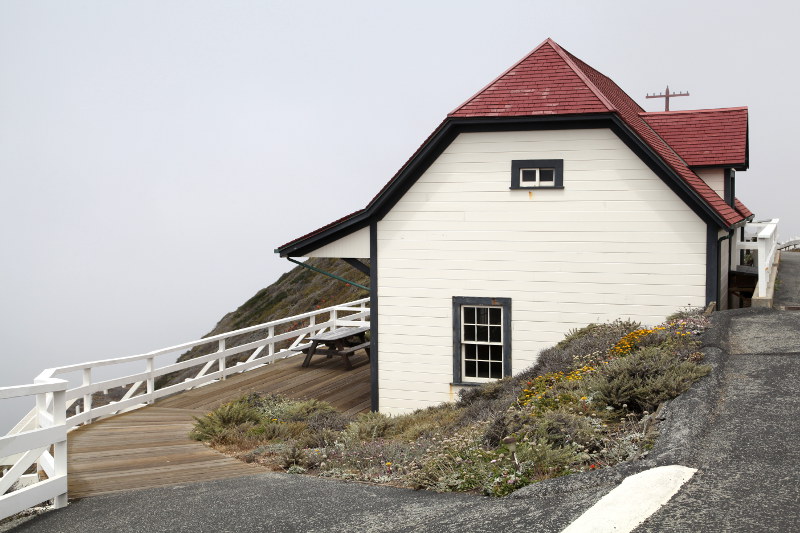
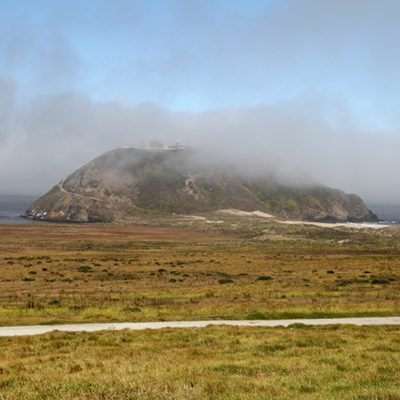
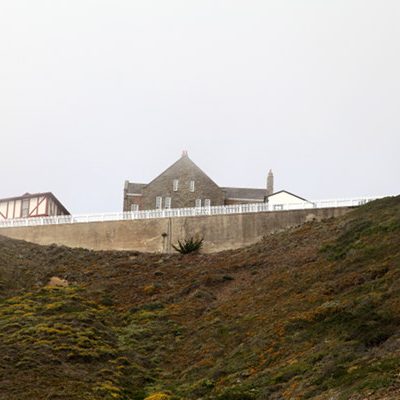
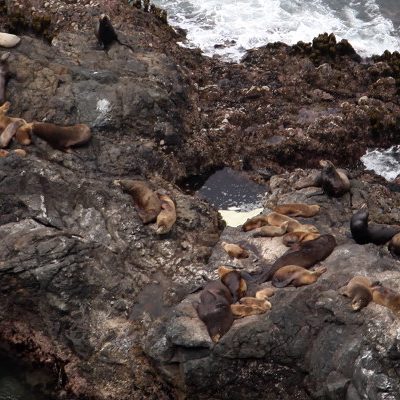
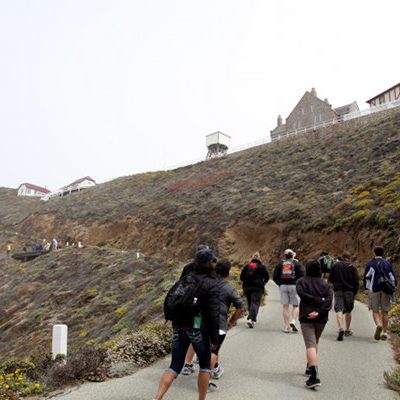
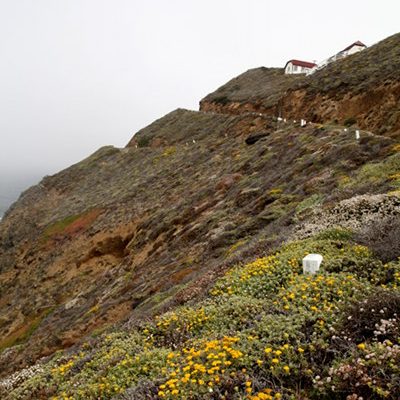
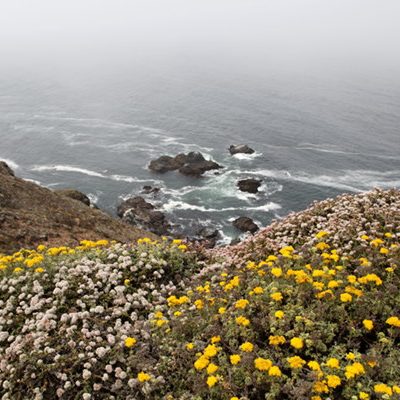
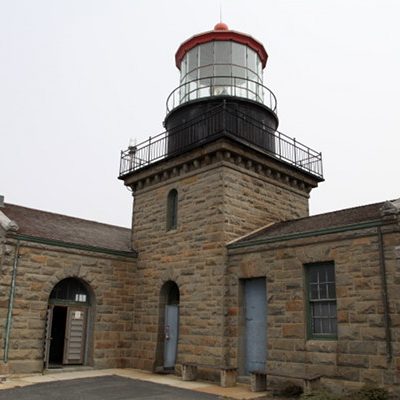
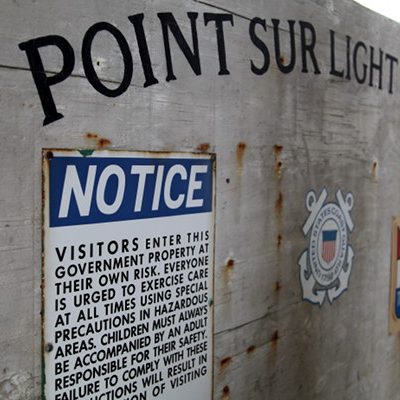
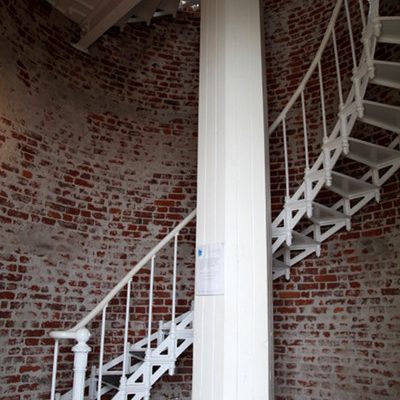
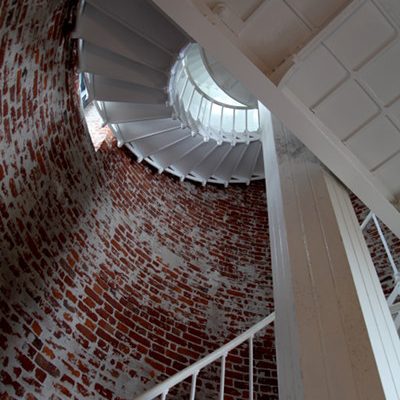
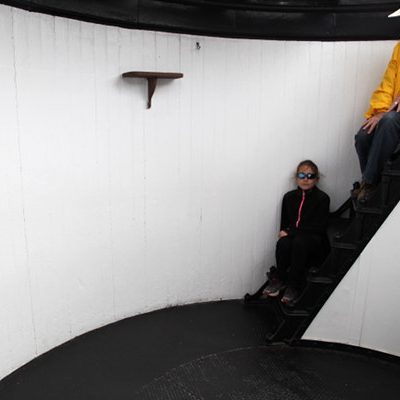
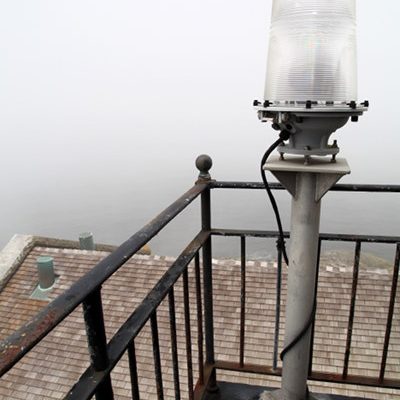
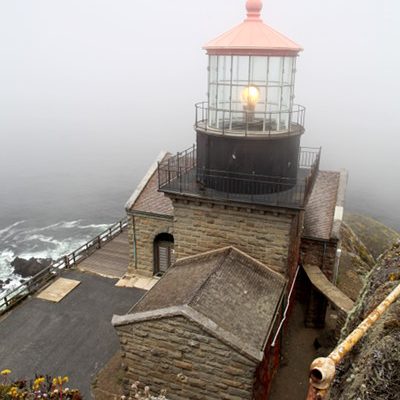
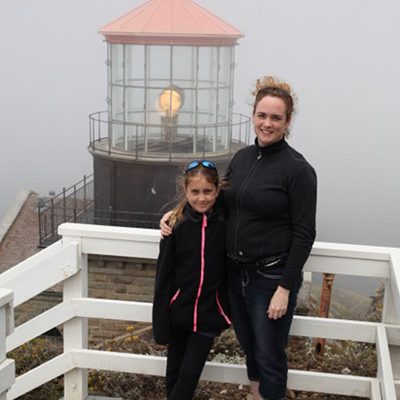
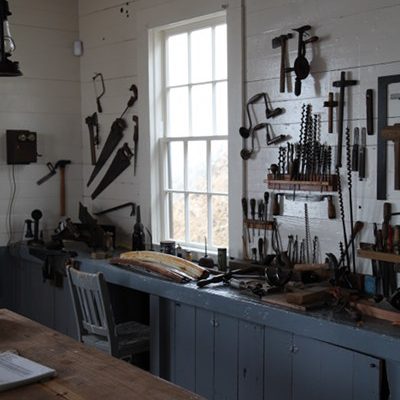
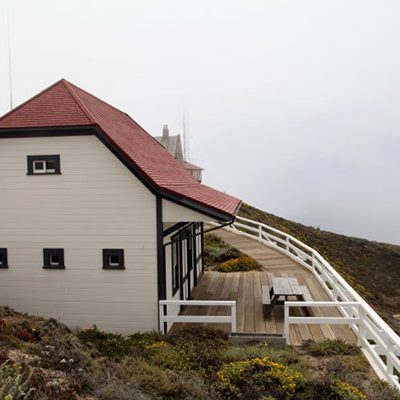
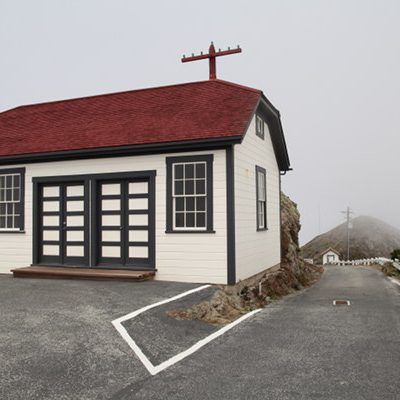
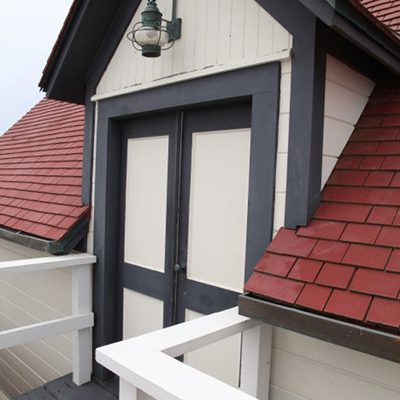
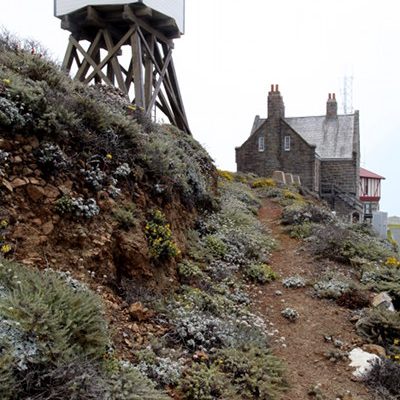
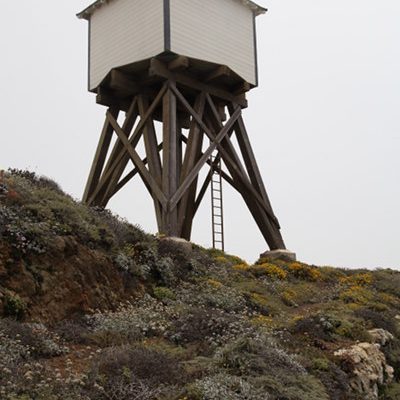
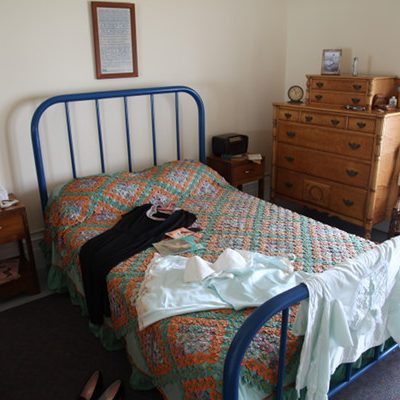
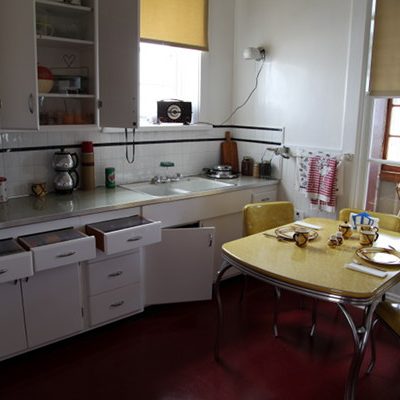
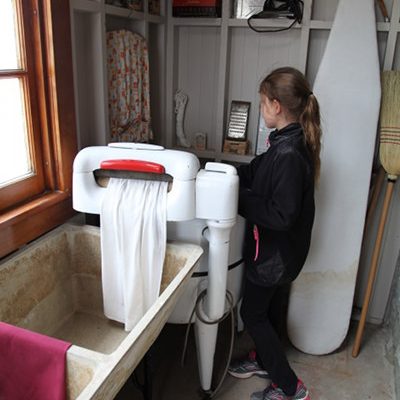
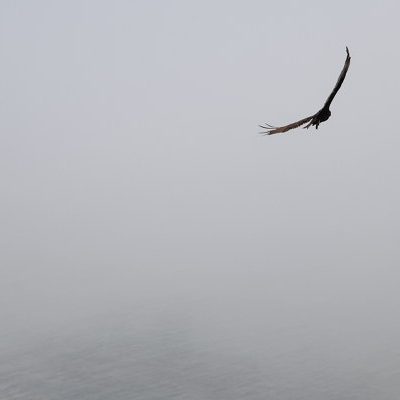
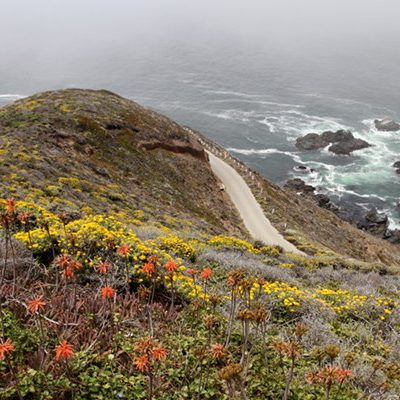
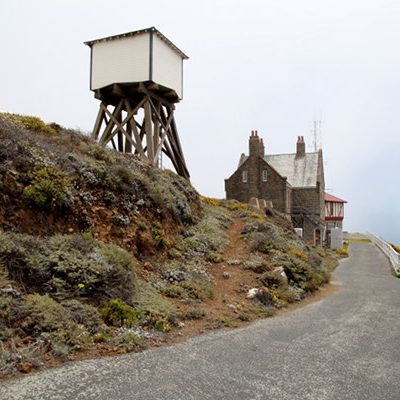
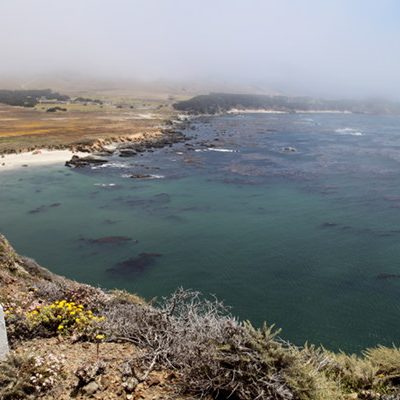
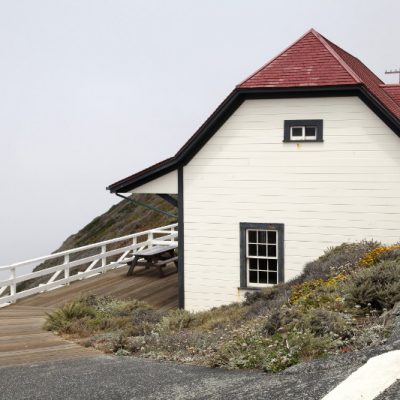
0 comments on “Point Sur Lightstation”Add yours →